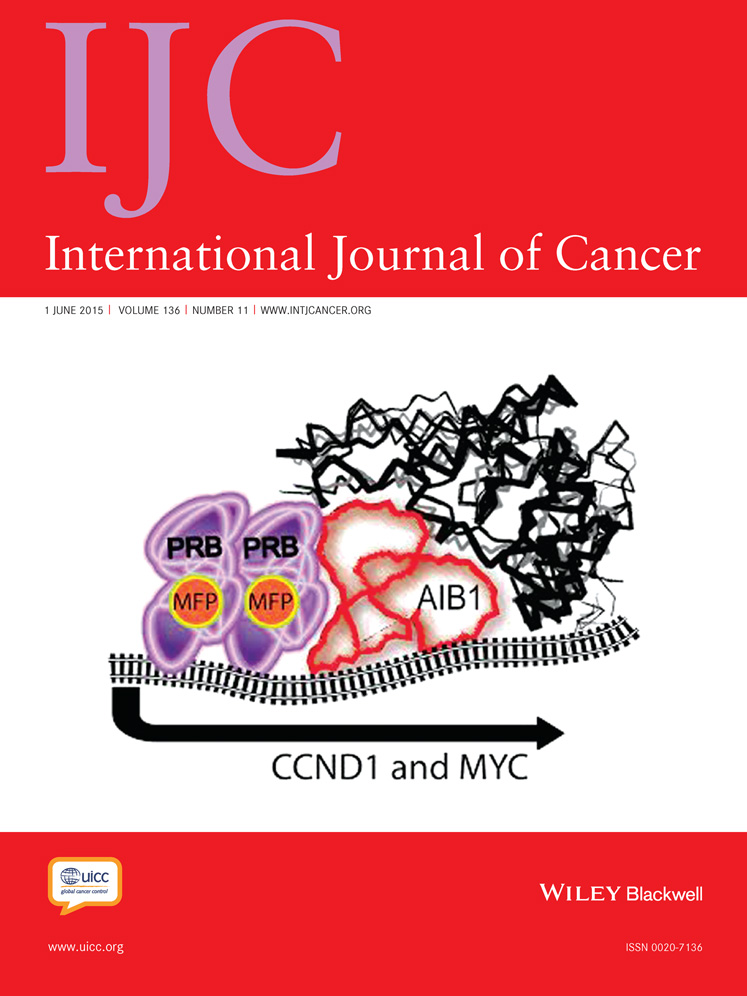Inherited variation at MC1R and ASIP and association with melanoma-specific survival
Author Contributions: N.J.T. and P.A.K. designed the analytic question, interpreted the analysis of data, and prepared the manuscript; A.R., N.J.T., and P.A.K. performed the analysis of data; P.A.K. and T.R. performed all MC1R genotyping; I.O. performed all ASIP genotyping; K.A.W. performed Illumina genotyping; M.B. and C.B. conceived and designed the GEM Study and also contributed to data collection and critical review of the manuscript; All other authors (K.J.B., L.F., P.A.G., H.A.C., A.E.C., T.D., R.P.G., S.G., I.O., S.R., N.E.T., R.Z., and T.R.R.) contributed to data collection and critical review of the manuscript.
Abstract
Melanocortin-1 receptor (MC1R) is a marker of melanoma risk in populations of European ancestry. However, MC1R effects on survival are much less studied. We investigated associations between variation at MC1R and survival in an international, population-based series of single primary melanoma patients enrolled into the Genes, Environment, and Melanoma study. MC1R genotype data was available for 2,200 participants with a first incident primary melanoma diagnosis. We estimated the association of MC1R genotypes with melanoma-specific survival (i.e., death caused by melanoma) and overall survival using COX proportional hazards modeling, adjusting for established prognostic factors for melanoma. We also conducted stratified analyses by Breslow thickness, tumor site, phenotypic index, and age. In addition, we evaluated haplotypes involving polymorphisms near the Agouti signaling protein gene (ASIP) locus for their impacts on survival. Melanoma-specific survival was inversely associated with carriage of MC1R variants in the absence of consensus alleles compared to carriage of at least one consensus allele (hazard ratio (HR) = 0.60; 95% confidence interval (CI): 0.40, 0.90). MC1R results for overall survival were consistent with no association. We did not observe any statistical evidence of heterogeneity of effect estimates in stratified analyses. We observed increased hazard of melanoma-specific death among carriers of the risk haplotype TG near the ASIP locus (HR = 1.37; 95% CI: 0.91, 2.04) when compared to carriers of the most common GG haplotype. Similar results were noted for overall survival. Upon examining the ASIP TG/TG diplotype, we observed considerably increased hazard of melanoma-specific death (HR = 5.11; 95% CI: 1.88, 13.88) compared to carriers of the most common GG/GG diplotype. Our data suggest improved melanoma-specific survival among carriers of two inherited MC1R variants.
Abstract
What's new?
MC1R has important pigmentary biological functions, and inherited variations in the gene are well-known markers of melanoma risk. But whether those variants are also associated with disease survival is unknown. Here, germline variation at MC1R was associated with improved melanoma-specific survival in carriers who lacked a consensus MC1R allele. By contrast, the ASIP TG/TG diplotype, which also is known to be associated with melanoma risk, was linked to a 5-fold increase in hazard of death from melanoma. The findings indicate a complex but influential role for pigmentary genetic loci in melanoma outcomes.




